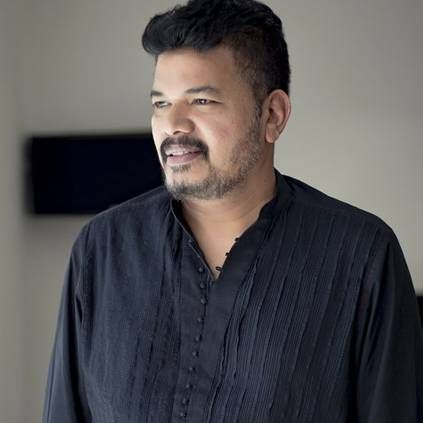Cardiology, aortic stenosis: the Italian Tavi turns 10 years old
In June 2007, the first transcatheter aortic valve replacement in Italy took place, TAVI, the revolutionary technique developed in 2002. In our country there are now more than 20.000 surgeries performed in 10 years, according to the Activity Report of GISE – Italian Society of Interventional Cardiology. 1 in 2 surgeries are performed with Medtronic valve prostheses
It was June 4 exactly 10 years ago, Corrado Tamburino, now Professor of Cardiology at the University of Catania and Director Cardiothoracovascular Unit, AO Policlinico-Vittorio Emanuele in the city of Catania, with his team, performed, for the first time in Italy, a TAVI (Transcatheter Aortic Valve Implantation or transcatheter aortic valve implantation) surgery, inserting a Medtronic CoreValve biological valve prosthesis into the heart of an elderly woman. The procedure, which took place simultaneously in Padua at the hands of Dr. Angelo Ramondo, then revolutionary because the replacement valve was implanted minimally invasively through the groin rather than by opening the chest and heart, had been developed in 2002 by French cardiologist Alain Cribier to treat aortic stenosis – that is, the narrowing of the valve of the same name that makes it difficult for blood to flow from the heart to the aorta. The method had recently been approved and was therefore no longer considered “experimental” with Medtronic’s TAVI CoreValve valve obtaining CE mark in May 2007.
The 10th anniversary of TAVI, which today allows replacement valve insertion through the femoral artery or other minor arteries, is the focus of the “10 Years of Evolution” meeting dedicated to TAVI specialists, which Medtronic is promoting right in Catania today and tomorrow.
“Aortic stenosis is the most common heart valve disease in the Western population over age 75,” explains Tamburino. In fact, the disease affects 4-6% of the population over the age of 75, more than 280.000 people in Italy, one-fifth of whom – about 50-60.000 – suffer from aortic stenosis defined as severe and symptomatic, destined for an ominous prognosis within a couple of years.”. From 2007 to 2016, according to data from the Activity Report of GISE-Italian Society of Interventional Cardiology, which collects information on diagnostic and treatment interventions performed in Italian hemodynamic centers, there were more than 20 TAVI performed in our country.000, as of December 31 last year, half of which, performed with CoreValve valve prostheses, in its various evolutions.
“People suffering from aortic stenosis show shortness of breath, fainting, angina pain and may present with episodes of heart failure and sudden death,” adds Francesco Bedogni, Director of Cardiology at IRCCS Policlinico San Donato in Milan, Italy. “It is essential to intervene before the heart is severely compromised; however, since these are predominantly elderly patients and, as such, carriers of several other, often fragile, diseases, traditional cardiac surgery is often impractical. TAVI has opened up new treatment options for precisely these patients. According to international guidelines, TAVI is indicated in patients who are inoperable or at high risk for cardiac surgery.
Today, however, clinical trials have shown how it can be effective even in people at lower risk. Certainly, it represents the most appropriate surgery in older patients, regardless of their degree of risk assessed according to surgical SCOREs that are poorly suited to this type of patient. In any case, the correct indication must be shared within a ‘heart team’ i.e., the team formed by the cardiac surgeon, interventional cardiologist and anesthesiologist with the task of choosing the best treatment option, also taking into account the patient’s wishes.”
“In contrast to the clinical advantages of TAVI, due to less invasiveness, shorter hospitalization, and faster recovery and return to normal daily activities, TAVI 10 years after its introduction is still underutilized, even in guideline indications alone,” Bedogni further points out, as less than one-third of the interventions that would be required are currently performed in Italy.
“One of the reasons,” Tamburino interjects, “is that to date there is no DRG for this type of intervention and therefore its uniform availability throughout the country. In some regions TAVI is reimbursed by the health care system, in others still not. All this produces inequalities among citizens and, above all, ingenerates health mobility toward facilities and regions that make it available.
A change in mentality on the part of administrators would be essential. Regions should organize themselves to identify an adequate number of centers, equipped with cardiac surgery, to perform TAVI. In this way, centers would operate at high volumes, ensuring effectiveness and efficiency.
TAVI undoubtedly represents the future of the treatment of aortic stenosis, it cannot be overlooked.”.



